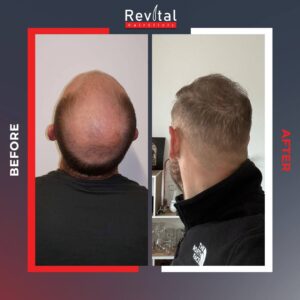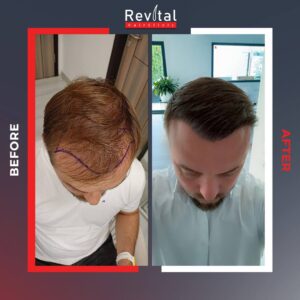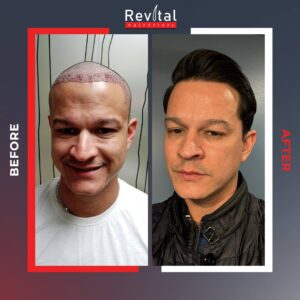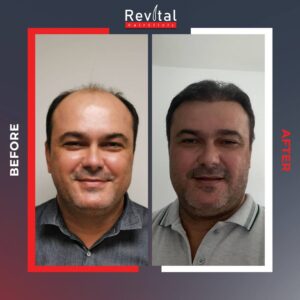Techniques Used in Hair, Beard, and Eyebrow Transplantation
Hair restoration procedures have evolved significantly over the last two decades. Today’s advanced transplant techniques allow for natural-looking, permanent results with minimal discomfort and downtime. Whether it’s scalp hair, beard, or eyebrow transplantation, the technique used plays a crucial role in the outcome.
In this article, we’ll break down the most commonly used hair transplant techniques, how they work, and which situations they are best suited for.
1. FUE (Follicular Unit Extraction) – The Gold Standard
FUE is currently the most popular and advanced hair transplant technique used worldwide.
How It Works:
- Individual hair follicles are extracted one by one from the donor area (typically the back or sides of the scalp).
- These follicles are then implanted into the recipient area (scalp, beard, or eyebrows).
- The process is minimally invasive and leaves no linear scar.
Advantages:
- Virtually scar-free
- Quick recovery (most patients return to normal activities within days)
- Ideal for beard and eyebrow transplantation due to precision
- Natural-looking results when done by experienced professionals
Ideal For:
- Patients who want to wear their hair short
- Those needing detailed work (eyebrows, beard lines, temple areas)
2. DHI (Direct Hair Implantation) – Precision & Control
DHI is a modified form of FUE, where the extracted follicles are implanted directly using a special implanter pen (Choi Pen).
How It Works:
- Follicles are harvested using FUE.
- Instead of creating recipient incisions first, follicles are inserted directly with the implanter pen in one step.
Advantages:
- More precise control over depth, angle, and direction
- Potentially higher survival rate of grafts
- Less bleeding and trauma
- Great for high-density and refined areas, such as eyebrows or beard outlines
Ideal For:
- Patients looking for a very natural, dense finish
- Eyebrow and beard transplant candidates
- Small to medium areas needing fine detailing
3. FUT (Follicular Unit Transplantation) – Traditional but Less Common
Also known as the strip method, FUT involves removing a strip of scalp from the donor area.
How It Works:
- A thin strip of scalp is surgically removed from the back of the head.
- The strip is dissected into individual grafts under a microscope.
- These grafts are then implanted into the recipient area.
Advantages:
- Can yield a large number of grafts in one session
- May be suitable for advanced hair loss cases
Disadvantages:
- Leaves a linear scar
- Longer recovery and more discomfort
- Not suitable for beard or eyebrow transplant due to lack of precision
Ideal For:
- Patients with severe baldness needing maximum grafts
- Individuals who don’t mind a linear scar
How to Choose the Right Technique?
The right technique depends on:
- The area being treated (scalp, beard, or eyebrows)
- The number of grafts needed
- Your hair type, density, and donor capacity
- Desired aesthetic results
- Your budget and recovery preferences
During your consultation, your specialist will evaluate all these factors and recommend the most suitable method for you.
Technology Meets Expertise at Revital Hair Clinic
At Revital Hair Clinic, we specialize in FUE and DHI techniques for:
- Hair restoration
- Beard transplantation
- Eyebrow design and correction
Our experienced team uses the latest tools and methods to ensure natural results with maximum graft survival and minimal downtime.
Final Thoughts
The technique used in your hair, beard, or eyebrow transplant can make all the difference in your final outcome. While FUE and DHI lead today’s field with precision and natural results, every patient is unique—and so should be the approach.
Ready to find out which technique is right for you?
Contact us at Revital Hair Clinic for a personalized consultation and let our team help you achieve the look you’ve always wanted—with the method that suits you best.
Revital Hair Clinic © 2024












Leave a Reply